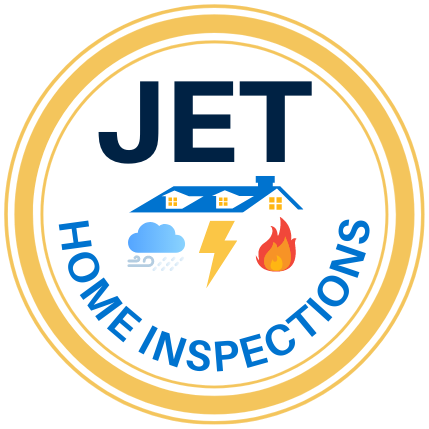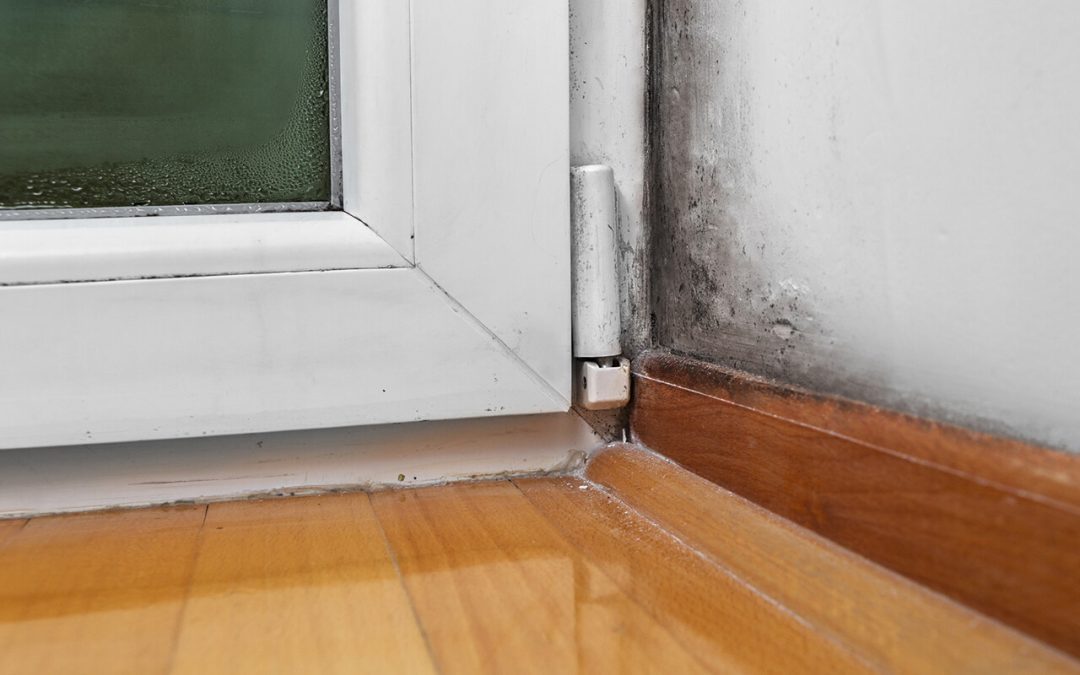Mold may seem inconspicuous, but it threatens your property and your family’s health. Mold flourishes in damp and poorly ventilated spaces and may contaminate the air in your home. As a responsible homeowner, be alert to signs of mold growth and take action to remove the mold and stop its spread.
Common Signs of Mold
Water Damage
Water damage creates a prime breeding ground for mold, especially when not remedied. Identify areas with water damage and make repairs immediately. Regularly inspect walls, ceilings, and floors for damp areas, discoloration, and weakened wood. Swiftly address water-related issues, as neglecting them may lead to structural problems and provide an ideal environment for mold to thrive.
Respiratory Concerns Can Be Signs of Mold Growth
Mold spores affect respiratory health, particularly for individuals with asthma, allergies, or weakened immune systems. It could indicate mold in the home if you or your family experience symptoms like coughing, wheezing, a runny nose, or headaches. Hire a professional to perform mold testing and take steps to remove it.
Visible Mold
The most overt sign is visible mold appearing as spots on walls, furniture, ceilings, and floors. Due to the difficulty of thorough mold removal, hire a professional to remove the mold. Attempting to clean large areas of mold on your own can spread spores and worsen health issues for you and your family.
Unpleasant Odors
A musty odor is a distinctive sign of mold presence in your home. Conduct a thorough inspection to identify the source of moisture if you detect an unpleasant smell. Dry the affected area thoroughly and clean it with a mold-killing solution to prevent spores from spreading. If you cannot find where the odor is coming from, bring in a professional.
Condensation and Humidity
Excessive humidity creates an environment conducive to mold growth. Monitor indoor humidity levels, especially in areas prone to moisture buildup, such as bathrooms and kitchens. Use ventilation fans while cooking, and watch for condensation on windows, which indicates elevated humidity. Reducing humidity prevents mold from taking hold.
Proactively recognizing and addressing these signs of mold is essential to maintaining a healthy and safe living environment. Mold is not just a cosmetic concern; it’s a health and safety issue that requires your attention. Take action at the first sign of a problem, and safeguard your home from mold-related risks.
FAQs
Can mold affect indoor air quality even if it’s not visible?
Yes, mold growth impacts air quality even if you can’t see it. Mold releases spores into the air, and inhaling these spores may lead to respiratory issues and other health concerns.
How does mold growth relate to water damage in a home?
Areas with water damage are ideal places for mold growth. Mold can form in as few as 24-48 hours after a flood or leak. Any time water damage occurs, act immediately to dry the area to help prevent mold.
Are respiratory issues always a sign of mold in the home?
Respiratory problems, such as coughing and wheezing, can be due to mold growth, especially for individuals with asthma, allergies, or compromised immune systems. However, other allergens may also contribute to respiratory issues. If your symptoms improve upon leaving the house, professional mold testing is advised.
Can mold grow in a home without visible signs?
Yes, mold can grow in a home without being visible. Mold may form in wall cavities, behind furniture and appliances, or in other concealed areas.
Is it safe to clean visible mold on my own?
Cleaning visible mold, especially large patches, can be risky. Disturbing mold without proper precautions may release spores into the air, posing health risks. It’s advisable to seek professional assistance for thorough and safe mold removal, minimizing the potential for spreading spores.
J.E.T. Home Inspections provides comprehensive home inspections to customers in West Palm Beach, Port St. Lucie, Florida, and Miami-Dade, Martin, and Broward counties. Contact us to schedule our services.

